When it comes to building muscle, one of the most common questions people ask is: how many sets should I do to see real gains? Whether you're just starting out or fine-tuning an advanced routine, understanding the optimal number of sets can be the difference between spinning your wheels and making consistent progress.
What Are "Sets" and Why Do They Matter?
In strength training, a set is a group of consecutive repetitions (reps) of an exercise. For example, if you perform 10 squats, rest, and then repeat that two more times, you’ve done 3 sets. Sets are fundamental for triggering the mechanical tension and muscle damage that stimulate muscle growth—also known as hypertrophy.
But more isn't always better. The quality, intensity, and volume of your sets all play a role in how effectively you build muscle.
The Optimal Number of Sets for Muscle Growth
Based on leading research and practical training outcomes, the sweet spot for muscle growth tends to be between 10–20 working sets per muscle group per week. Here's a breakdown of how that might look:
Per Workout:
-
Compound exercises (e.g., squats, bench press, deadlifts): 3–5 sets
-
Isolation exercises (e.g., bicep curls, triceps extensions): 2–4 sets
Per Exercise:
-
3–4 sets per exercise is generally ideal for hypertrophy.
-
If you're doing full-body training 3x/week, aim for ~3–6 sets per muscle group per session.
Total Weekly Volume:
-
Beginners can see growth with as few as 10 weekly sets per muscle group.
-
Intermediate to advanced lifters may need 15–20 sets per week for continued growth.
How Many Sets Per Day to Build Muscle?
If you're training 3–5 times a week, you can spread your weekly sets across those sessions. For example, if you train chest twice a week, you might do 4–6 sets of chest exercises per session, adding up to 10–12 total sets weekly—enough for steady hypertrophy.
How Many Working Sets Matter Most?
"Working sets" refer to the sets that are challenging and close to muscular failure (within 1–3 reps of failure). Junk volume—light sets done far from failure—won’t stimulate much growth. It's not about how many sets you do—it’s how many of them actually count.
Personal Insight: What Worked for Me
In my early years of training, I made the classic mistake of chasing volume—doing 6+ sets per exercise and walking out of the gym exhausted but with little to show for it. When I dialed it back to 3–4 high-effort sets per exercise, I saw better strength increases and more visible muscle growth. Focusing on quality reps, progressive overload, and recovery made all the difference.
Exercise-Specific Set Recommendations
-
Rows (barbell, dumbbell, cable): 3–4 sets
-
Squats and Deadlifts: 3–5 sets
-
Bench Press and Overhead Press: 3–4 sets
-
Leg Curls, Lateral Raises, Biceps/Triceps Work: 2–3 sets
These numbers can be adjusted based on how often you're training each week and how many exercises you're including per session.
Final Thoughts: Set Smarter, Not Just More
Instead of endlessly adding sets, aim for this approach:
-
Choose 2–4 exercises per muscle group.
-
Perform 3–4 focused, intense sets for each.
-
Train each muscle group 2x per week if possible.
-
Prioritize recovery, sleep, and nutrition.
Muscle growth isn't about doing the most—it’s about doing the right amount consistently and progressively. Find your volume threshold, train hard, recover well, and let the gains come.


















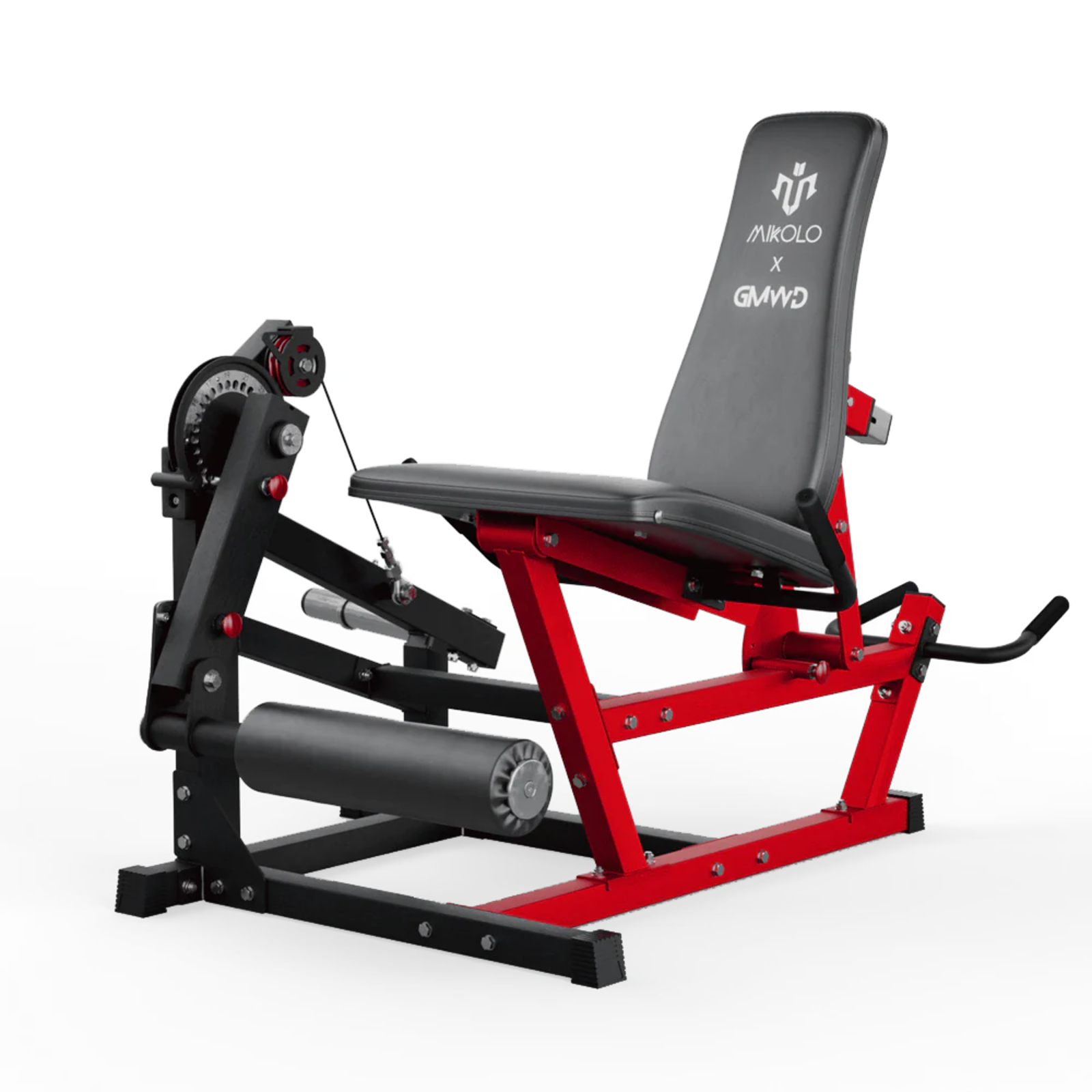

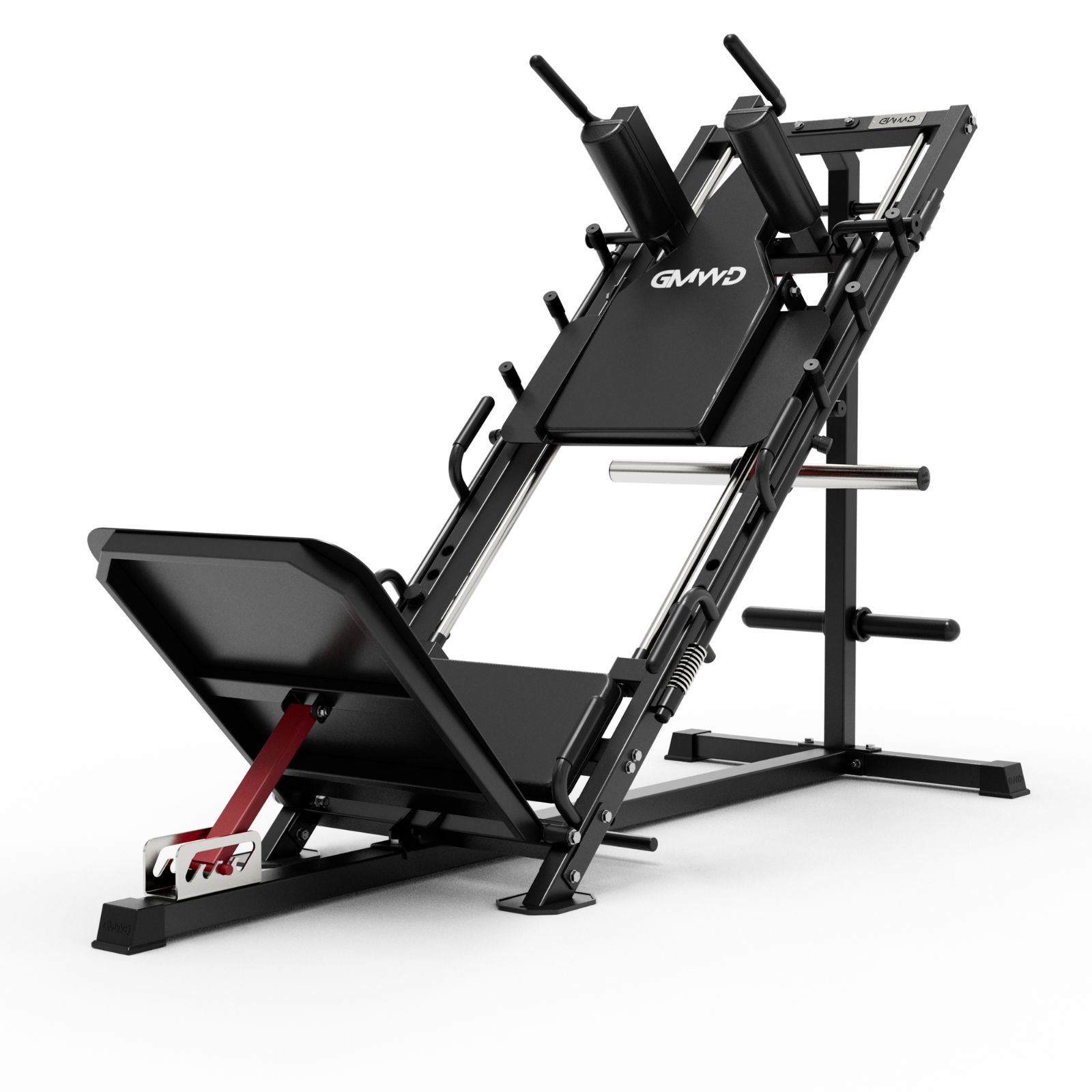







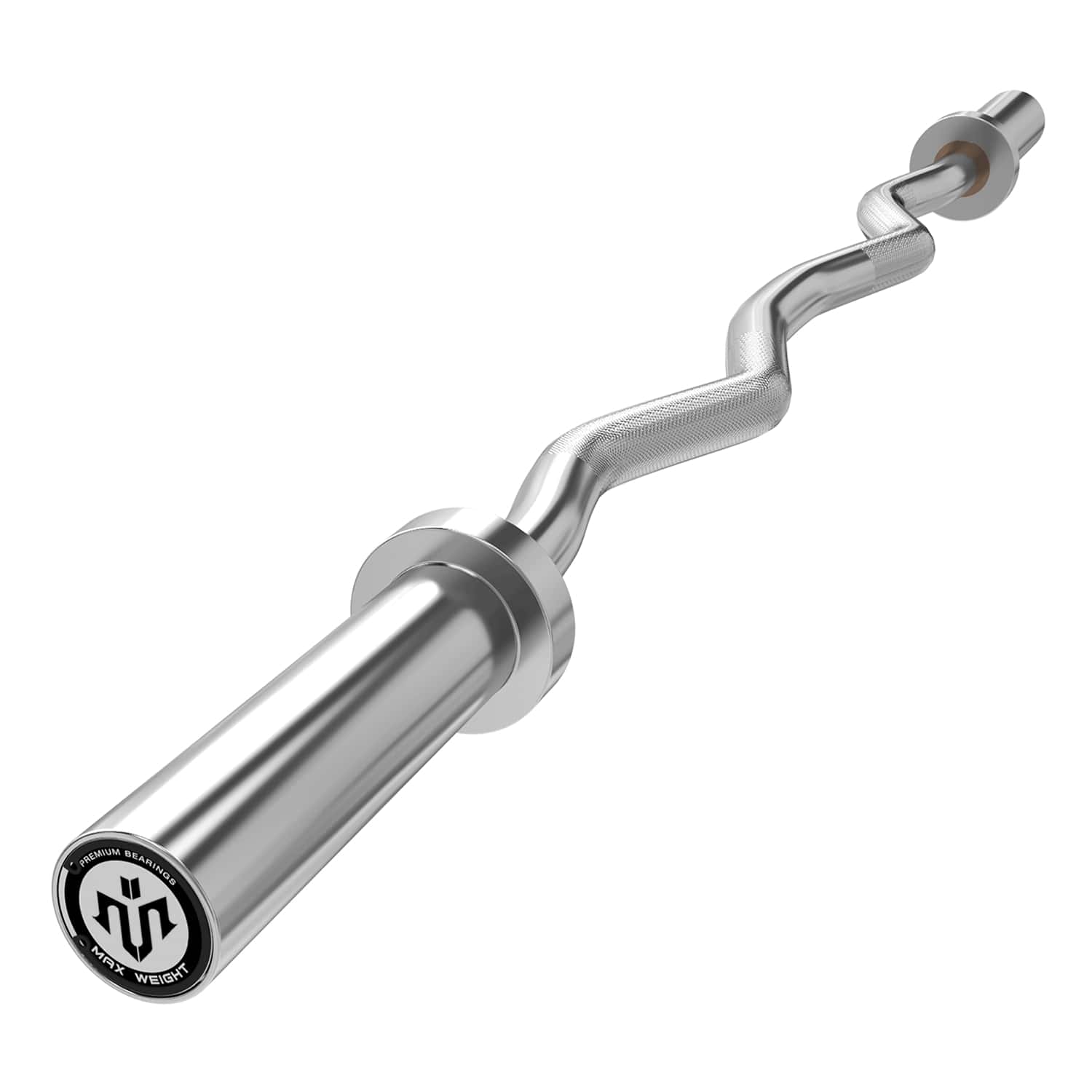
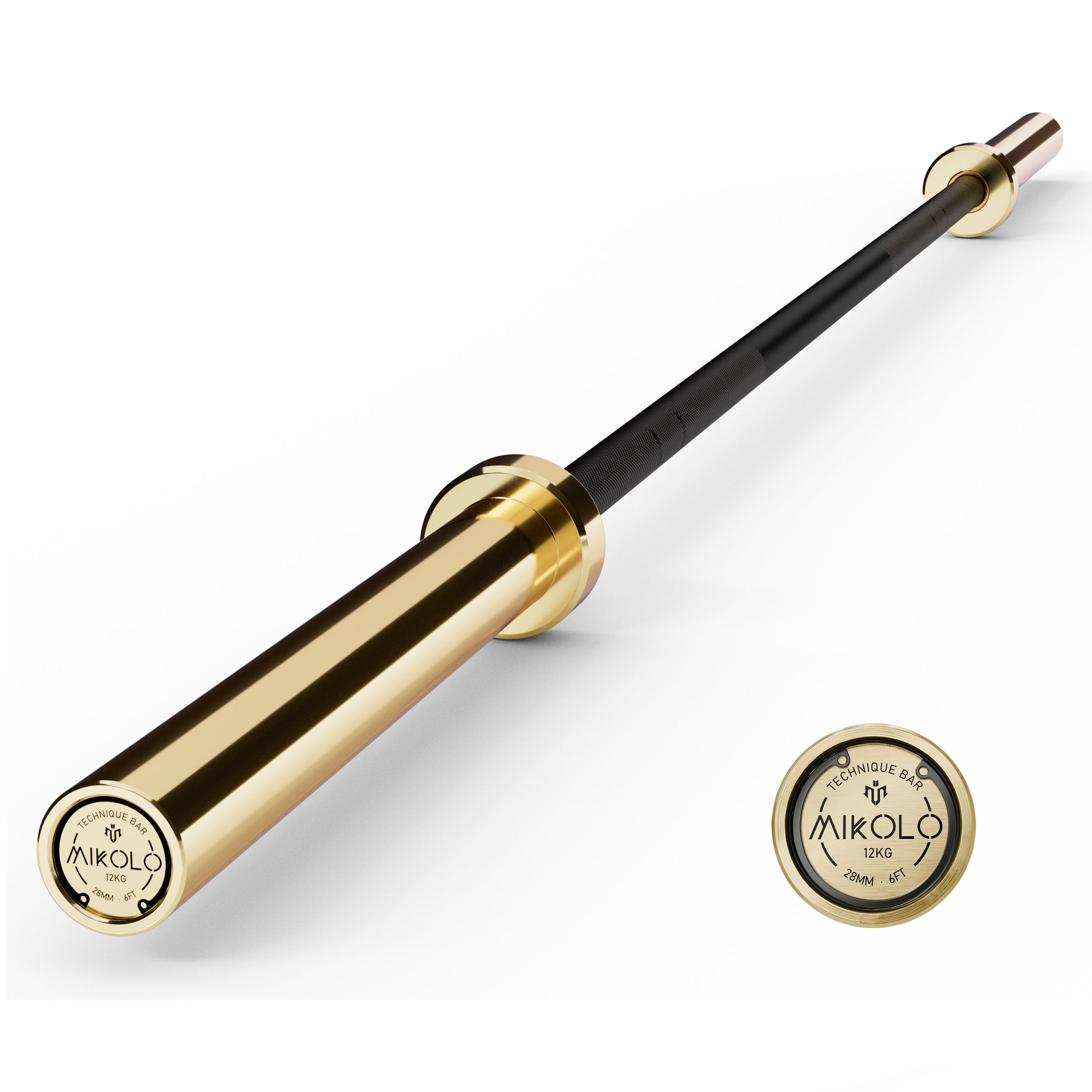


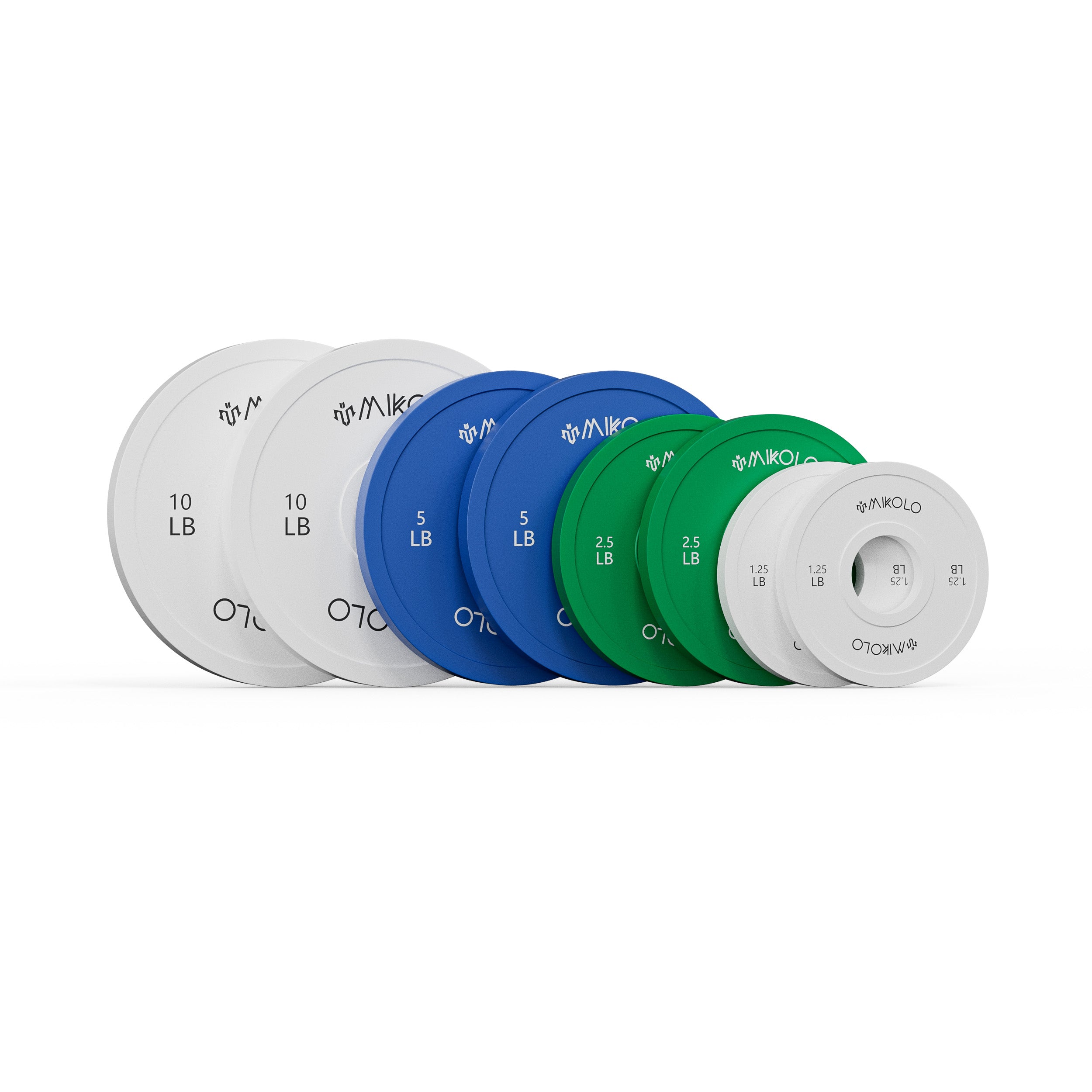



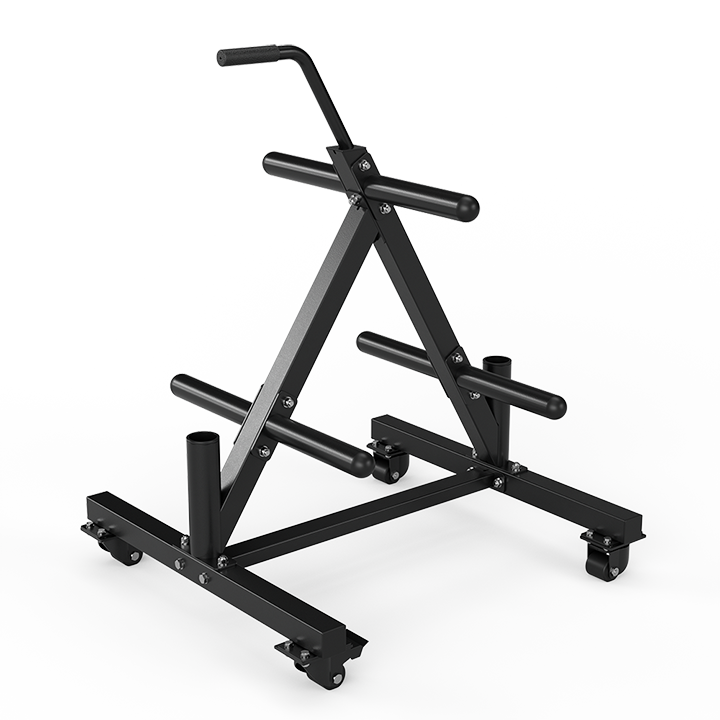





Leave a comment
This site is protected by hCaptcha and the hCaptcha Privacy Policy and Terms of Service apply.